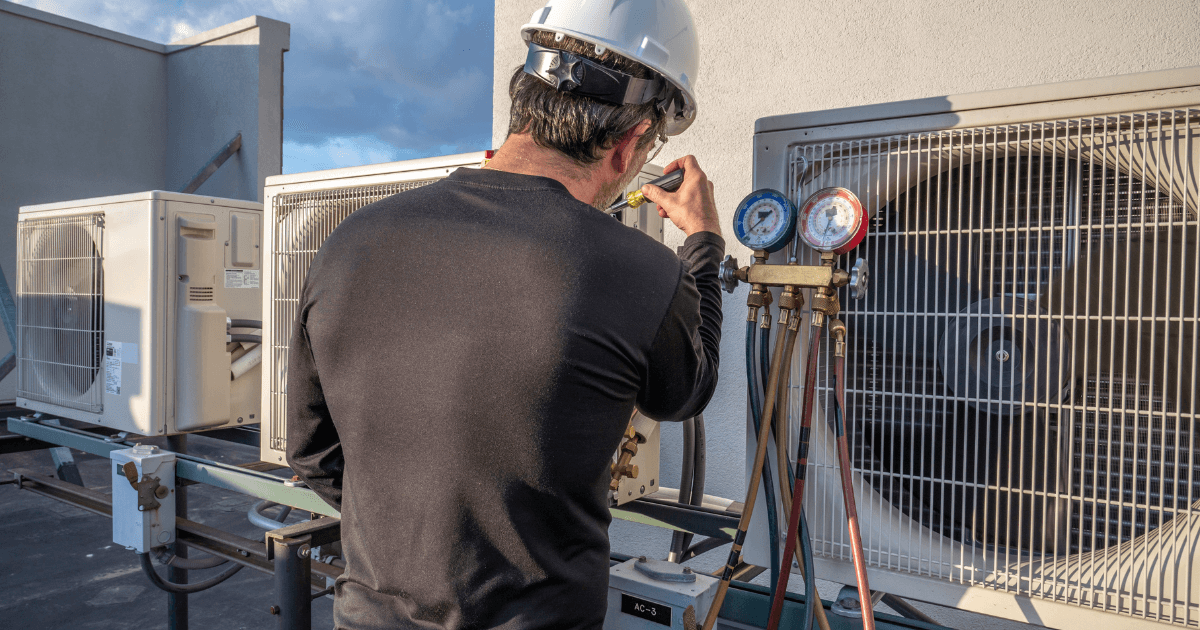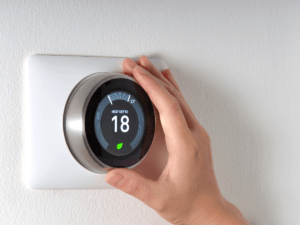As of today, Mini-split HVAC system is becoming increasingly popular because of it’s energy efficiency and flexibility in installation.
Mini-splits deliver heating and cooling to specific zones. They offer greater control over temperature and energy consumption in your space.
To enhance your knowledge, our team at Meta Domotics has gathered useful information on what components they use, how they work, and what are the advantages of the this HVAC system.
What Is A Mini Split HVAC System?
A mini-split HVAC system is made up of two key parts: the outdoor unit and the indoor unit. The outdoor unit does the heavy lifting, housing the compressor that keeps the refrigerant flowing and the condenser that releases heat into the outside air.
On the other hand, the indoor unit handles the cooling or heating process. It holds the evaporator, which absorbs heat from the indoor air, and the blower, which distributes the cooled or heated air throughout the space.
It’s a nifty setup that ensures efficient temperature control without taking up much space.
Refrigerant lines connect the two units and control wiring connects the indoor unit to a thermostat or remote control. A drainage system is also necessary to remove condensation from the indoor unit.
How Does A Mini Split HVAC System Work?
&amp;amp;amp;lt;p><p>Mini-split HVAC systems work by using a refrigerant cycle similar to your traditional HVAC system.
The compressor is responsible for circulating the refrigerant through the outdoor unit, where it’s compressed and condensed, releasing heat to the outdoor air.
The refrigerant then flows through the refrigerant lines to the indoor unit, where it expands and evaporates, absorbing heat from the indoor air.
The blower then circulates the cooled or heated air back into the room. Mini split HVAC systems can provide both cooling or heating, depending on the season and your desired temperature.
Advantages of Mini Split HVAC Systems
 </p>
</p>
A Mini-split HV
AC system will offer you several advantages over a traditional HVAC system.
A Mini-split is highly efficient because it will only heat or cool a specific zone or room of your space and so will use less energy.
Another advantage of adopting a this HVAC system is that you can easily modify</strong> a mini-split with your existing HVAC system in your space, house, or building hence making it very flexible in installation.
They can also benefit you by providing zoning capabilities that will allow you to set and control your independent and desired temperature in different rooms or zones.
Another advantage of using a mini-split HVAC system is that they operate quietly, without the noisy ductwork associated with traditional HVAC systems.
At last, it can benefit you and your loved one by improving indoor air quality by providing better air filtration and reducing the spread of allergens and pollutants.
Conclusion
Mini-split HVAC systems can ensure you an efficient, flexible, and comfortable solution to fulfill the heating and cooling needs of your space, house, or building.
A Mini-split can be a good choice for you if you are looking for a zoned temperature control feature and as well as want to improve the overall indoor air quality of your space, house, or building.
The simple two-component design and ease of installation make them a versatile option for you to upgrade your old HVAC system with a Mini-split.
Lastly, opting for a mini-split heating, ventilation, and air conditioning system can save you some bucks and energy on your heating and cooling needs.







